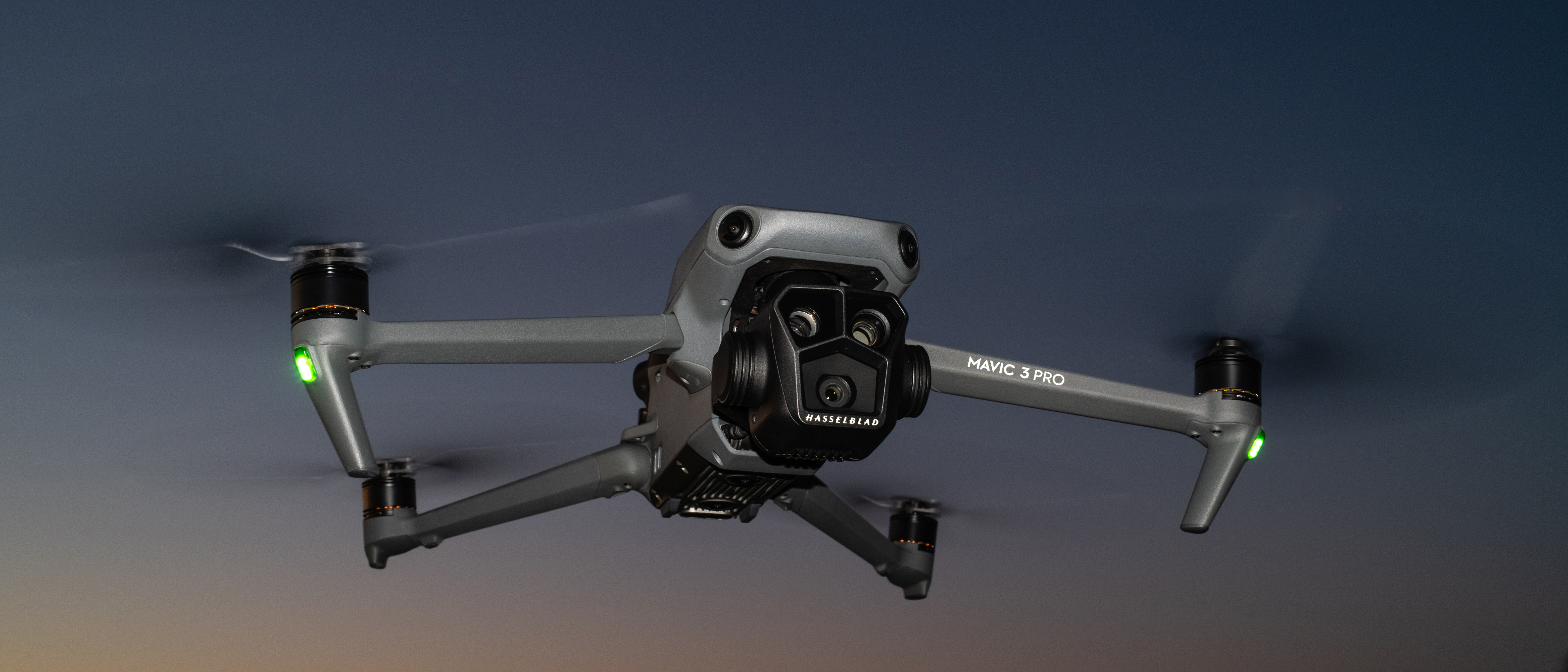Did scientists solve the mystery of the super-bright exploding 'cow' in space?
It may be the result of a black hole or neutron star.

Science studying a mysterious star explosion known as "the Cow" think the blast could have created a black hole or neutron star.
In 2018, scientists spotted the super-bright stellar explosion known as AT2018co, and nicknamed "the Cow", in a galaxy called CGCG 137-068 about 200 million light-years away. But the strange, explosive event puzzled scientists as, just after its discovery, the cosmic "Cow" produced a sudden explosion at least 10 times brighter than a typical supernova before fading over a number of months, NASA said at the time.
Now, scientists in a new study think that they might have uncovered what's really going on with "the Cow."
Related: The strangest black holes in the universe
Since its discovery, scientists have been torn about what caused "the Cow" stellar explosion, with leading theories suggesting that the event could have spawned an object like a black hole or neutron star.
"It still was not clear whether AT2018cow was a stellar explosion powered by a newborn compact object, or whether it was powered by shocks produced during a stellar explosion, interacting with the dense ambient medium," Dheeraj Pasham, a researcher at the Massachusetts Institute of Technology, who led this new study, told Space.com. "Another hypothesis was that AT2018cow could have resulted from an intermediate-mass black hole weighing 10,000-100,000 solar masses ripping a star apart."
To solve this mystery, "we studied how the x-ray brightness from the source was varying with time," Pasham said. "Specifically, we wanted to find out if there is a timescale over which the x-rays were varying regularly."
Breaking space news, the latest updates on rocket launches, skywatching events and more!
The team performed a computer analysis of all of the existing x-ray data of the event to create something called a "power density spectrum," Pasham explained. "If there is any regular modulation in the X-ray brightness it would show up in a power density spectrum as a peak."
And they found such a peak. "This suggests a compact object (black hole or a neutron star) was present at the heart of this explosion," Pasham said. The team's findings, which are detailed in the Dec. 13 edition of the journal Nature Astronomy, show evidence for X-ray brightness from "the Cow" fluctuating every 4.4 milliseconds. This timing allowed the team to investigate the size of the area producing the X-ray signals.
"Intuitively, we can imagine a clump of hot X-ray producing matter regularly brightening and getting dimmer on average every 4.4 milliseconds," Pasham said.
With this information, the team suggests that there is likely a compact object, either a black or a neutron star, present.
Additionally, based on existing optical and other data and observations of the system, "we know that the position of this explosion coincides with a star-forming region of the host galaxy. This means that AT2018cow's explosion site has massive stars that are ready to die," Pasham said.
With both of these conclusions drawn, "we suggest that this is likely a dying star giving birth to a compact object," Pasham added.
Pasham added that with their analysis they cannot yet tell whether or not the object "born" from the explosion is a black hole or a neutron store but "I think the existing data may help us get to this answer," Pasham said.
This study was published Dec. 13 in the journal Nature Astronomy.
Email Chelsea Gohd at cgohd@space.com or follow her on Twitter @chelsea_gohd. Follow us on Twitter @Spacedotcom and on Facebook.
Join our Space Forums to keep talking space on the latest missions, night sky and more! And if you have a news tip, correction or comment, let us know at: community@space.com.

Chelsea “Foxanne” Gohd joined Space.com in 2018 and is now a Senior Writer, writing about everything from climate change to planetary science and human spaceflight in both articles and on-camera in videos. With a degree in Public Health and biological sciences, Chelsea has written and worked for institutions including the American Museum of Natural History, Scientific American, Discover Magazine Blog, Astronomy Magazine and Live Science. When not writing, editing or filming something space-y, Chelsea "Foxanne" Gohd is writing music and performing as Foxanne, even launching a song to space in 2021 with Inspiration4. You can follow her on Twitter @chelsea_gohd and @foxannemusic.
